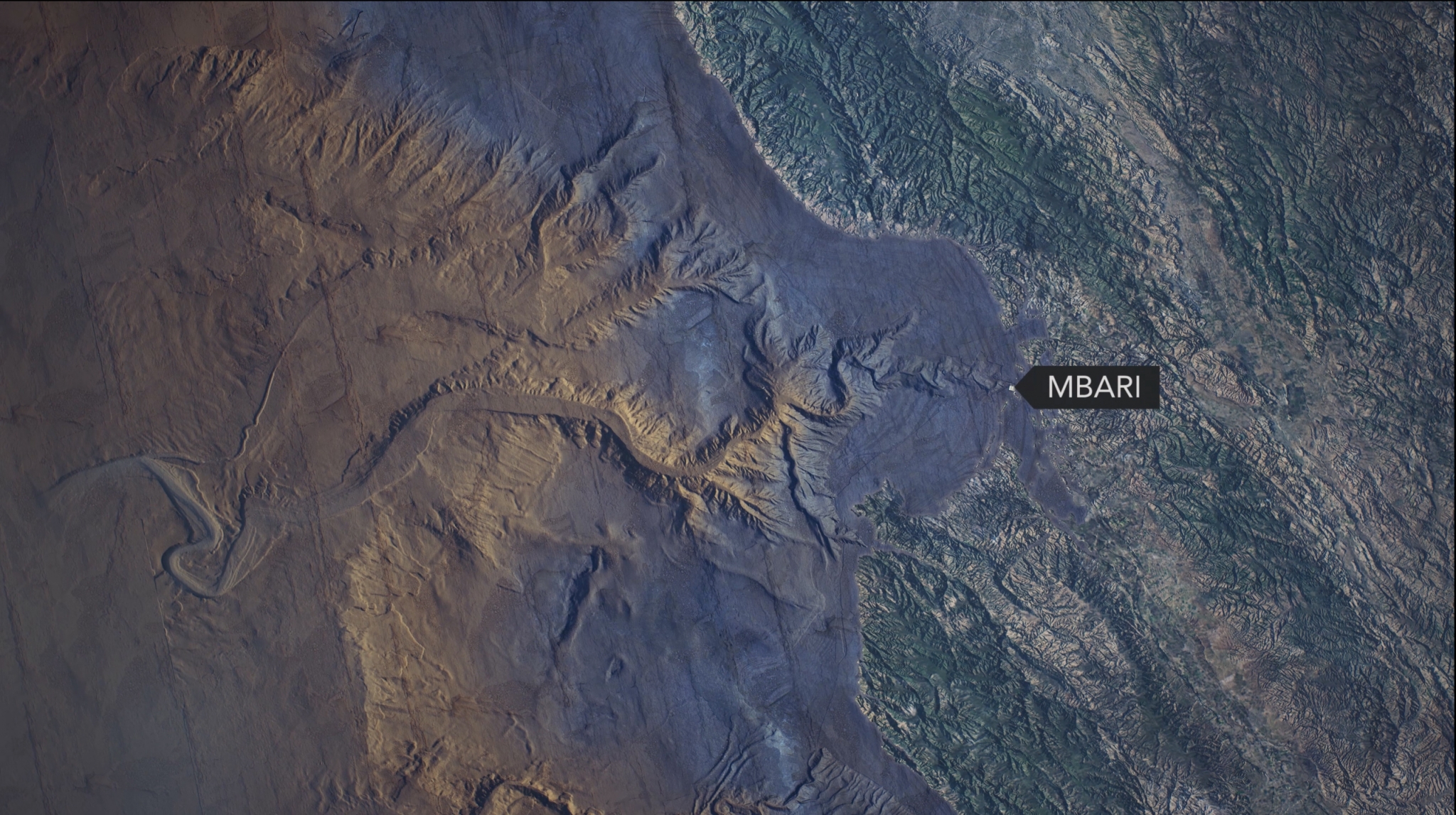

Deep, cold, oxygen-rich waters well up from the deeps into the canyon, providing sustenance to an enormous array and variety of life forms. Just as above-sea-level canyons serve as channels for the flow of water across land, submarine canyons serve as channels for the flow of turbidity currents across the seafloor. Zhemchug Canyon is the largest submarine canyon in the world, based on drainage area (11,350 km2) and volume (5800 km3). A submarine canyon is a steep-sided valley cut into the seabed of the continental slope, sometimes extending well onto the continental shelf, having nearly vertical walls, and occasionally having canyon wall heights of up to 5 km, from canyon floor to canyon rim, as with the Great Bahama Canyon. It is deeper than the Grand Canyon (1.83 km deep) at 2.6km deep. The largest and deepest submarine canyon ever discovered is in the middle of the Bering Sea called the Zhemchug Canyon. Those canyons that are now submerged may have once held rivers and waterfalls that carved the canyon walls, carrying the sediment and debris down into shallower sea. It is also believed that some canyons were carved above ground, at a time when sea level was a mile or more lower than it is today. The depth at which the submarine canyons have been cut depends on the make up of the underlying rock – how susceptible it is to being carved – and how much, how often and how heavy the materials are that are transported downslope during an underwater landslide. Sediment transport in the sea occurs primarily as underwater landslides of enormous masses of rock and sediment, usually triggered by turbulent waters during a storm, or ground movement from an earthquake. There are a number of theories as to what carved these giant cracks into the shelves, but the most prominent one states that sediment transport carved these canyons. IMPORTANCE OF SEAMOUNTS.In many continental shelves submarine canyons have been found carving deep fissures that stretch from near shore out to the deep sea edge of the shelf. In this episode, the following aspects are discussed: 1.

Hence, it is necessary to explore how seamounts are originated, collapse and age and what significance they have in the biogeochemical processes of oceanic waters. They have a great geochemical impact in complex interactions between ocean chemical fluxes, mantle derived materials and the hydrosphere. Seamounts are good, rich marine biological and microbiological hotspots. Most of the understanding came from satellite observation through indirect methods of detection.

Less than 0.1% of them are alone known from direct observations made using echo sounding or by any kind of sampling. Hundreds of thousands of seamounts are existing in many oceans. Seamounts and Guyots are two typical least explored morphological features on the oceanic surfaces. Typical underwater topographic features exist on the abyssal plains and in deep ocean floors. rise, Abyssal Plains and hills and the deep ocean floors. Ocean morphology is divided into various depth zones, from continental shelf, to continental slopes, continental. Many submarine canyons are found as extensions to large rivers however there are some that have no such. The surface beneath the oceanic waters is characterized by a lot of unique relief features. A submarine canyon is a steep-sided valley on the sea floor of the continental slope. It will be fascinating to see the underwater topographic features and their marvelous exhibits of life, colorful corals and minerals. Oceanography includes several interesting aspects to learn.


 0 kommentar(er)
0 kommentar(er)
